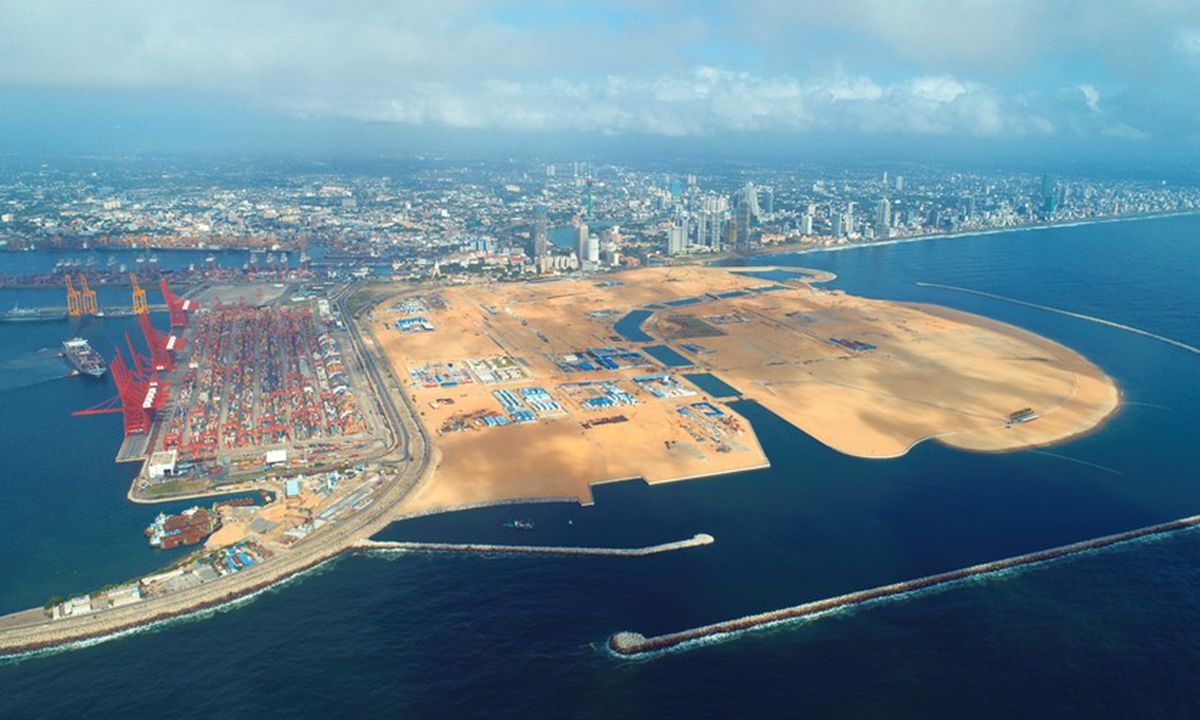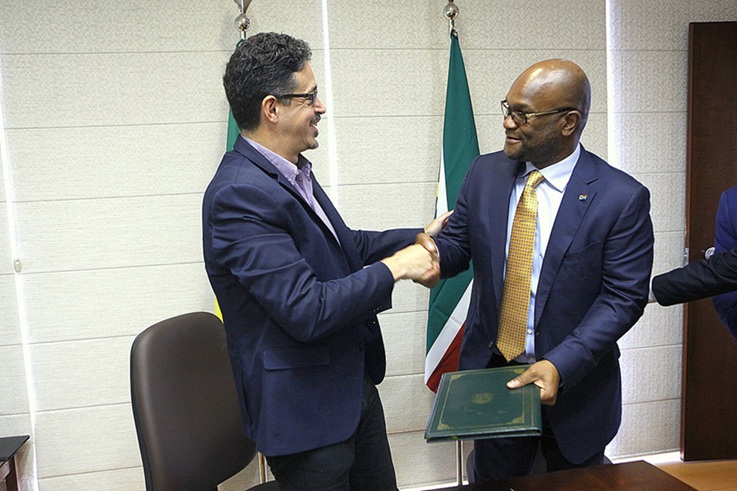In a strategic move to counterbalance China’s growing influence in the Indian Ocean, the United States has announced a substantial financial commitment of over $550 million for the construction of the Colombo West International Terminal in Sri Lanka. The move comes amid heightened concerns about China’s expansive Belt and Road Initiative, a global infrastructure-building campaign that has seen Beijing invest billions in developing nations, often leading to controversial outcomes.
Sri Lanka’s geopolitical significance as a key transit hub along the world’s busiest shipping route, connecting the Middle East and East Asia, has attracted the attention of major players seeking to secure maritime assets in the region. The Colombo West International Terminal, with a length of 1.4 km and a depth of 20 meters, is set to have an annual container capacity of 3.2 million, marking it as a critical piece of infrastructure for the island nation.
Led by India’s Adani Group, the consortium overseeing the project has an estimated cost of $700 million, with the Adani facility strategically positioned next to a Chinese-operated jetty at Colombo’s sprawling port. The U.S. government’s International Development Finance Corporation (DFC) is providing $553 million in funding for this initiative, emphasizing its commitment to supporting Sri Lanka and countering China’s influence in the region.
The timing of the U.S.-backed financing is notable, as Sri Lanka grapples with a severe financial and economic crisis. The DFC, established five years ago in response to China’s expansive infrastructure initiatives, aims to provide an alternative avenue for developing nations to access funds while avoiding potential pitfalls associated with China’s debt traps.
This development echoes previous concerns over China’s involvement in Sri Lanka’s infrastructure projects, notably the Hambantota Port, which Sri Lanka leased to China for 99 years in 2017. The lease raised fears about China’s strategic use of debt as a tool to exert influence abroad, a phenomenon often referred to as “debt traps.”
China’s maritime activities in the region have also raised concerns for neighboring India, with the Chinese-operated jetty at Colombo’s port previously hosting submarines in 2014, despite strong opposition from New Delhi. India and the U.S. share worries that China’s foothold in Sri Lanka could grant it a military advantage in the Indian Ocean, potentially compromising regional security.
While Sri Lanka insists on the non-military use of its ports against any other country, the complex geopolitical dynamics unfolding around these infrastructure developments underscore the strategic importance of the Indian Ocean and the lengths major powers are willing to go to secure their interests in the region. As the Colombo West International Terminal takes shape, it is poised to reshape not only Sri Lanka’s economic landscape but also the geopolitical chessboard in the Indian Ocean.
(Source: Bharatha Mallawarachi | Didi Tang | Associated Press | Al Jazeera)









